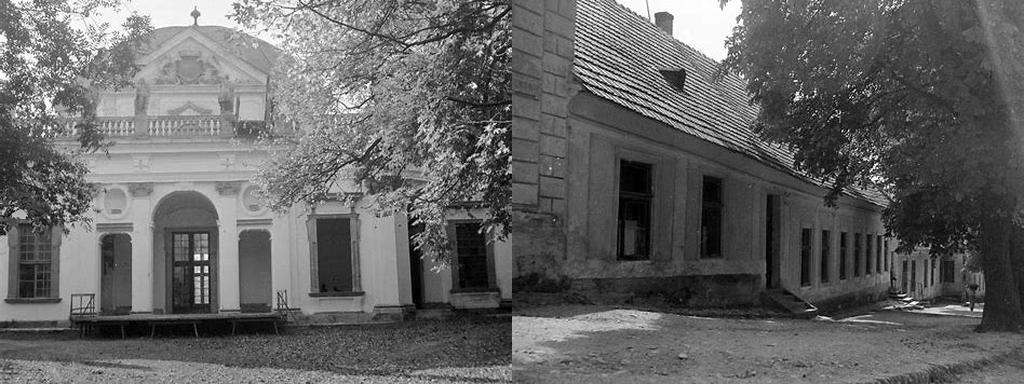
Jakabfalvy-kúria is one of those quietly impressive places nestled in the lovely village of Gagybátor, in Hungary’s picturesque Borsod-Abaúj-Zemplén county. If you have ever thought about exploring off the beaten path in northeastern Hungary, this historic mansion is an absolute treat to stumble upon—it feels almost like unwrapping a forgotten book, full of fragile elegance and the echoes of centuries. Walking up to the mansion, you get a sense of enduring calm; it stands surrounded by mature trees and fields, watched over by the gently rolling landscape that has witnessed generations of change.
The history of the Jakabfalvy-kúria stretches back to the 18th century, when rural Hungary was patchworked with noble estates—each with its own unique story. This manor was raised under the auspices of the distinguished Jakabfalvy family, who skillfully managed to blend function and beauty in their home. The mansion, while modest compared to sprawling castles, is a fine reflection of the gentry lifestyle. With baroque elements and simple, neoclassical lines, it doesn’t try to impress with grandiosity, but it does charm you with its authenticity. The restrained symmetrical façade, tall windows, and gabled roof give the building a sense of thoughtful dignity, an architecture that has weathered history without any ostentatious flairs.
As you wander around the grounds, you can easily imagine the quieter rhythms of the lives once lived within these walls: the gentle clatter of porcelain, the laughter of family gatherings, and the sound of folk music drifting up from the nearby hills. It’s said that the Jakabfalvy family were celebrated for their strong commitment to the local community and culture. They often hosted gatherings, providing a cultural meeting point that connected the worlds of the rural countryside and the greater Hungarian nobility. Walking the gravel paths under ancient chestnut trees, you realize this is a house that was meant to be lived in, not just looked at.
The mansion itself is now a protected historical monument—a living testament to an era before wars and modern development reshaped the countryside. For a long while, the mansion spent years in partial obscurity, shifting between private hands, standing empty, and serving various community purposes. Restoration efforts in recent decades have ensured that its distinctive character endures, despite the passage of time. Many visitors come for the impressive preserved features: thick masonry walls, elegant fireplaces, and original wooden doorframes. If you’re lucky, you could catch the faint aroma of wood polish in the halls, a scent that belongs to houses with stories embedded in the grain.
Beyond the mansion, Gagybátor itself offers a warm welcome. The village, with a population of barely a few hundred, lies amid soft hills that have a tendency to soak up every color of sunrise and sunset. Life seems to move here at a different rhythm, untethered from the hurry of bigger cities. For travelers who like to slow down, Gagybátor’s unassuming lanes are perfect for morning strolls or late afternoon rambles. There’s something faintly magical about standing in the shade of the mansion’s park, listening to birdsong and trying to picture this tiny region at the height of its noble heyday.
One particularly fascinating chapter in the mansion’s history unfolded during the World Wars and the turbulent decades that followed. As Hungary underwent dramatic social and political changes, estates like Jakabfalvy-kúria were often requisitioned or adapted for public use. The mansion is rumored to have served variously as a headquarters, a school, and even a communal center during these times. These changing roles left an indelible mark on both the building and the village. Today, you can still see hints of these layers in small details—a worn stone step, an inscription in the cellar, or mismatched paint on a window shutter.
A visit here isn’t about tourist crowds or flashy entertainment, but about retracing footsteps—real and imagined—through a house that is inseparable from its landscape and the people who have passed through it. Maybe you’ll spend an afternoon sitting beneath a lime tree, letting your imagination wander through the centuries, or chatting with a local who has stories about playing in the manor gardens as a child. These moments, understated and sincere, capture the essence of Jakabfalvy-kúria: a place where memory lingers, waiting for curious guests to rediscover it.





